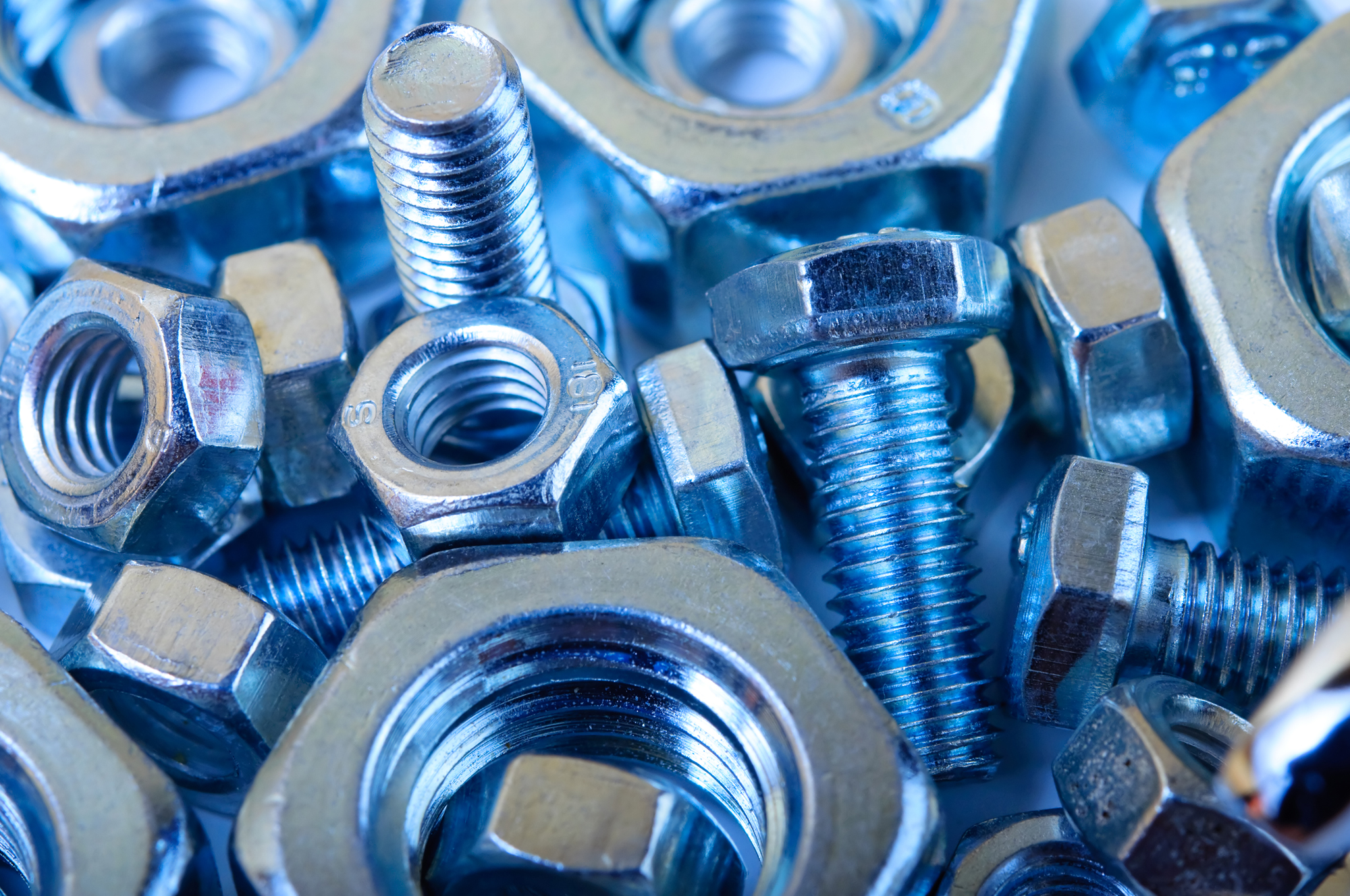
Choosing the right screw size is essential to ensure that your project’s materials are securely held. Incorrect screw sizes can damage the material or protrude from it, causing safety risks.
In the imperial system, a screw’s size is indicated by three numbers — its gauge, threads per inch and length. Understanding these three measurements can help you determine which screw is best for your projects.
Length
The length of a screw affects its ability to hold the material it is being used to secure. A general rule of thumb is that a screw should be at least half the length of the thickness of the material it will enter, otherwise it may not anchor properly. This is particularly important when working with thin materials, as a short screw will not provide adequate support and may damage the other side of the material.
The length of a screw is measured from the head to the tip of the threads, though this differs for different types of fasteners. For hex, pan, button, and socket cap screws, the length is measured from the bottom of the head; for oval heads and truss-head screws that can be partially countersunk, it is measured from the largest diameter point to the tip. In metric screw sizes, the length is listed alongside the diameter on the package.
Diameter
It’s important to note that the diameter of a screw is affected by both the lead and pitch. The lead (/’li:d’) is the distance covered by one complete rotation of the screw thread, while the pitch (/’pi:t/) is the distance between crests on adjacent threads.
The diameter of a screw can also be influenced by the screw length and the percentage of length filling the bone. The equivalent stress of the bone-screw interface decreases with increasing screw diameter and length.
When choosing a screw size, it’s best to start with the major diameter of the thread. This is the number that’s listed in most screw packaging, and is equal to the gauge number multiplied by the fraction of an inch. Then, you’ll need to determine the screw length and, if applicable, the minor thread diameter. Then, you can match it to the proper drill bit. To do this, use a digital caliper or check out this chart that converts screw sizes from US fraction to metric mm.
Threads
There are many different types of threads. They can be created through subtractive methods (cutting, taps and dies); by molding or casting; through additive techniques such as lapping; or through a combination of these. Coarse threads are those with larger pitch (fewer threads per axial distance) and fine threads have smaller pitch.
The basic metric thread form is V-shaped with flanks coincident with each other. Its height is defined as major diameter minus minor diameter, divided by the thread pitch. The thread pitch is usually referred to in inch-based standards as “threads per inch,” or TPI.
Most threads are right-handed, meaning they wind clockwise in the receding direction when viewed axially. This allows them to be easily inserted into tapped holes. In contrast, left-handed threads turn counterclockwise. The lead of a screw thread determines how much linear force must be applied to convert it into rotational force, and is an important factor in the mechanical advantage of a fastener system.
Gauge
Screws come in a huge range of lengths and diameters for an endless number of tasks, from woodworking to metal roof installations. It’s important to choose the right size screws for your job, because a wrong one can split a piece of wood or cause damage to the structure of a building. Luckily, measuring a screw’s length and diameter is easy enough with a ruler or tape measure.
Screw sizes are typically labelled with three figures – the gauge, the threads per inch (TPI) and the length – either in inches or millimeters. The gauge is the basic outer diameter of the screw – the larger the number, the larger the diameter.
Screw gauges are a simple tool that measures the gauge of screws and bolts. They consist of several strips with various thread sizes cut into them, and you systematically work your way through them until you find one that matches the pitch of the screw you’re trying to measure.6 screw size
